Entry Category: Historic Preservation
 Tonya Kendrix
Tonya Kendrix
Keo Commercial Historic District
King Schoolhouse
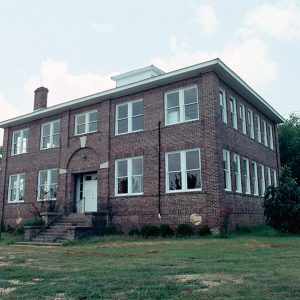 King Schoolhouse
King Schoolhouse
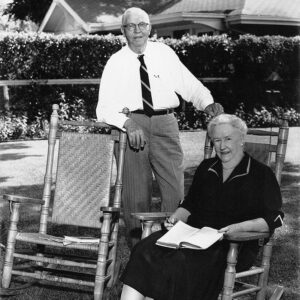 William and Lucille King
William and Lucille King
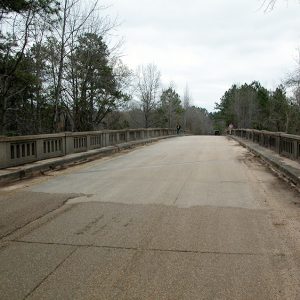 Kingsland Segment Overpass
Kingsland Segment Overpass
Kirkpatrick Cemetery (Saline County)
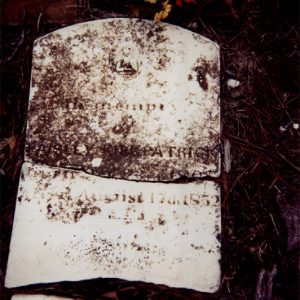 Kirkpatrick Cemetery Gravestone
Kirkpatrick Cemetery Gravestone
 Kirkpatrick Cemetery Grounds
Kirkpatrick Cemetery Grounds
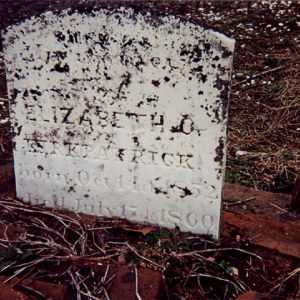 Kirkpatrick Grave
Kirkpatrick Grave
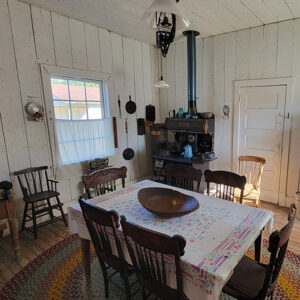 Kitchen Display
Kitchen Display
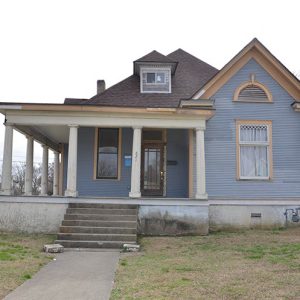 Kleinschmidt House
Kleinschmidt House
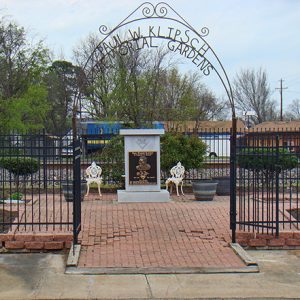 Klipsch Memorial
Klipsch Memorial
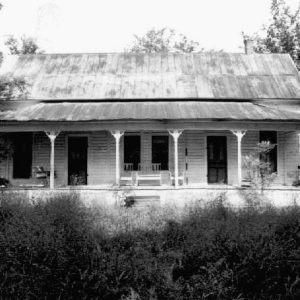 Ed Knight House
Ed Knight House
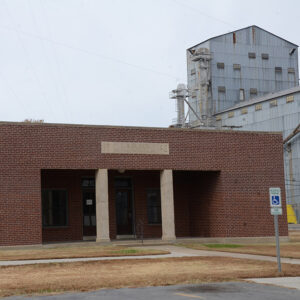 L. A. Black Rice Milling Association Inc. Office
L. A. Black Rice Milling Association Inc. Office
L. C. and Daisy Bates Museum
Lady Baxter
Lafayette County Courthouse
Lafayette Hotel
aka: Lafayette Building
Lake Catherine State Park Prisoner of War Structures
Lake Dick
Lake Nixon
 Lake Nixon
Lake Nixon
Lake Village Confederate Monument
Lake Village Post Office
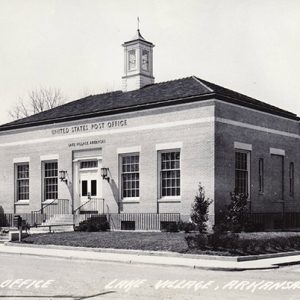 Lake Village Post Office
Lake Village Post Office
 Lake Village Post Office
Lake Village Post Office
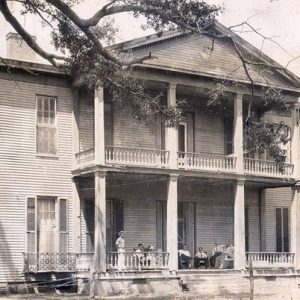 Lakeport Plantation
Lakeport Plantation
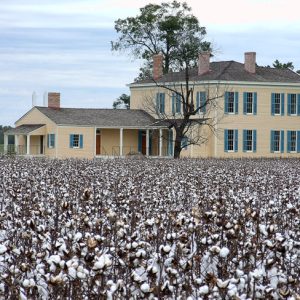 Lakeport Plantation
Lakeport Plantation
 Lakeport Flood
Lakeport Flood
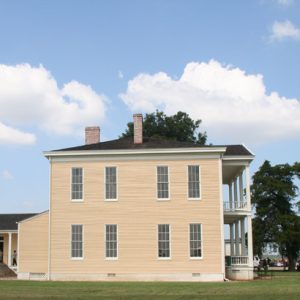 Lakeport Plantation
Lakeport Plantation
Lakeport Plantation
Lakeview Resettlement Project Historic District
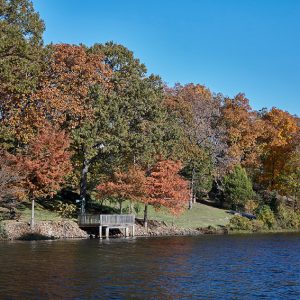 Lakewood
Lakewood
 Lamar Bathhouse
Lamar Bathhouse
Lamar Porter Athletic Field
 Lamar Porter Field
Lamar Porter Field
Lampkin, Sheilla Joyce Ezelle
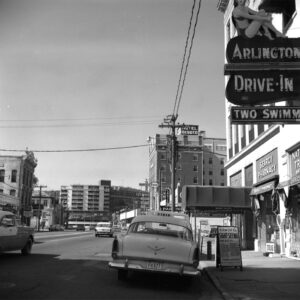 Lanai Towers
Lanai Towers
Lankford, George E.
 Latimore Tourist Home
Latimore Tourist Home
Latimore Tourist Home
 Lavaca Museum
Lavaca Museum
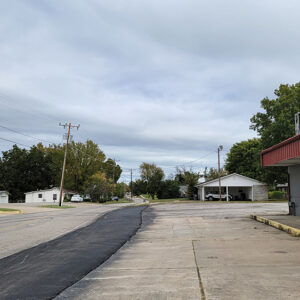 Lavaca Street Scene
Lavaca Street Scene
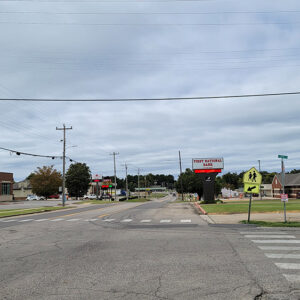 Lavaca Street Scene
Lavaca Street Scene
Lawrence County Courthouse
Lawyers’ Row Historic District
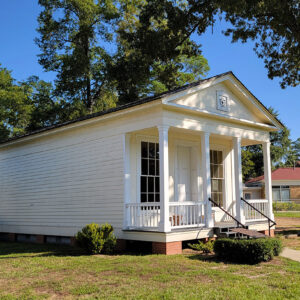 Leake-Ingham Building
Leake-Ingham Building
 Leake-Ingham Building Sign
Leake-Ingham Building Sign




